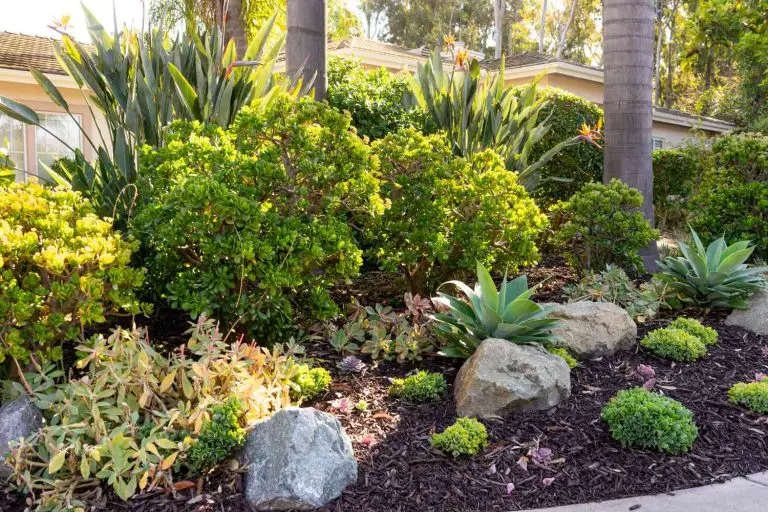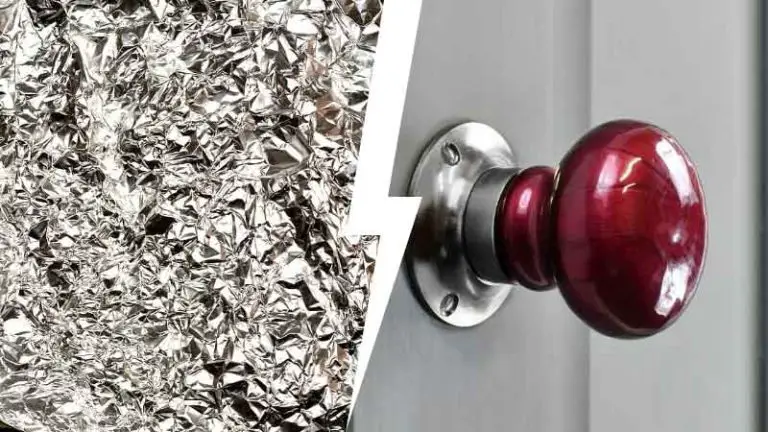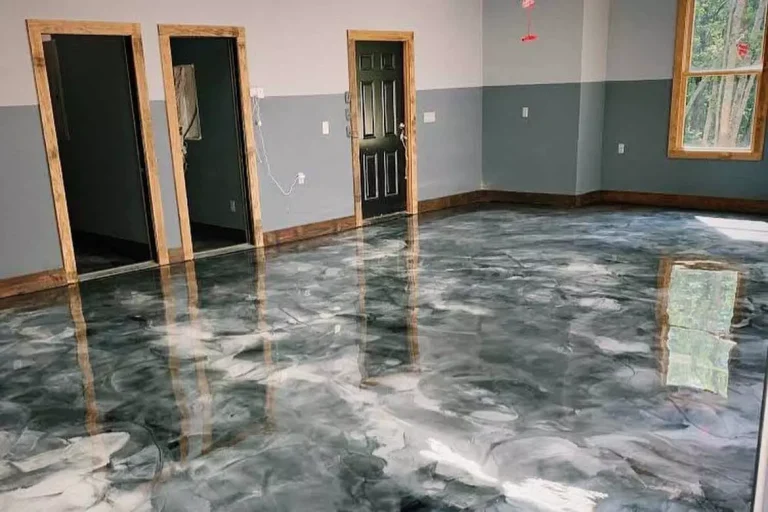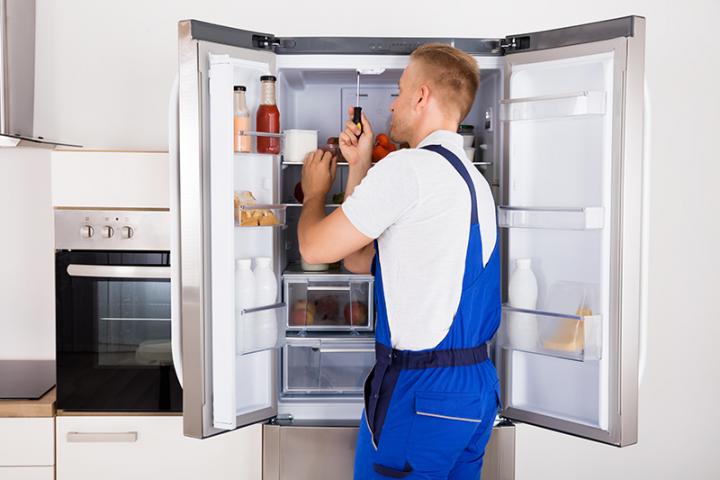How does plumbing work in double sink?
Plumbing in a double sink involves connecting two separate drain lines to a single waste line. This requires additional plumbing components such as a Y-fitting, two tailpieces, and two sink strainers. The tailpieces connect the sink drains to the Y-fitting, and the strainers are connected to the tailpieces. The Y-fitting is then connected to the waste line, which carries the wastewater away. Some double sinks also require a separate vent line that runs along the wall behind the sink and is connected to an air admittance valve. This valve helps to equalize the pressure in the drain lines, allowing the water to flow freely.
Overview of Double Sink Plumbing
A double-sink plumbing system is an essential part of any kitchen. The double sinks provide two separate basins with a single drain, allowing for more efficient and convenient dishwashing. The double sink system also allows for greater storage space in the kitchen, as the two basins provide additional counter space for food preparation and other tasks. With a double sink system, homeowners can also save time and energy by separating dishwashing and food preparation tasks. Additionally, double-sink plumbing systems provide a more efficient use of water, by allowing for both sinks to be used simultaneously when washing dishes. With a double-sink plumbing system, homeowners can enjoy a cleaner and more efficient kitchen.
Benefits of Double Sink Plumbing
Having a double sink in your home is an effective way to add convenience and functionality to your bathroom or kitchen. The primary benefit of double-sink plumbing is that it gives you the option to use both sinks at once. This can make multitasking easier and can save time by allowing two people to use the sink area at the same time. Additionally, double-sink plumbing provides more washing space and can increase storage capacity. With two sinks, you can also separate dirty dishes from clean ones, or dedicate one sink to washing and the other to rinsing. Double sink plumbing also increases the aesthetic appeal of the room and can be used to create a more spacious look. Finally, two sinks can be used in tandem to make it easier to fill large pots or vessels.
Types of Double Sink Plumbing
Double sink plumbing can be a great way to add convenience and efficiency to your kitchen. Depending on your needs, there are three different types of double-sink plumbing you can consider. The first type is the traditional double bowl sink, which has two separate bowls connected to a single drain. This is a great option for those who need to use both sinks at once, or for those who do a lot of dishes. The second type is the continuous drain, which has two bowls connected to a single drain and a single trap. This type is great for those who want to maximize space in their kitchen, as the continuous drain helps save room. Finally, the third type is the double-bowl kitchen sink, which has two separate bowls connected to two separate drains. This option is perfect for those who need independent drainage for each bowl, such as for food preparation and washing dishes. No matter which type of double sink plumbing you choose, you can be sure to enjoy the convenience it brings to your kitchen.
Installation Requirements for Double Sink Plumbing
Double sink plumbing requires careful installation to ensure proper drainage and functionality. The primary requirements are a sink drain trap, two tailpieces, two drain lines, a tee fitting, and two faucet supply lines. The sink drain trap is installed directly below the sink and connects to the wall. The tailpieces are connected to the sink drain trap and extend to the tee fitting. The two drain lines are connected to the tee fitting and lead to the main drain line. Lastly, the faucet supply lines are run from the faucets to the hot and cold water valves. With all the pieces in place, a double sink plumbing installation is complete.

Maintenance Procedures for Double Sink Plumbing
Double sinks can be a great addition to any kitchen or bathroom, but proper maintenance is key to ensure a long-lasting and efficient plumbing system. This blog post will provide you with five maintenance procedures to keep your double sink plumbing in tip-top shape. From regular cleaning to checking for blockages, these easy steps will help you keep your double sink plumbing running smoothly. Additionally, we’ll discuss signs to look out for that may indicate that it’s time to call in a professional. So, make sure to take a few minutes each month to follow these maintenance procedures for double sink plumbing and keep your system running smoothly for years to come.
Troubleshooting Common Issues with Double Sink Plumbing
When it comes to plumbing troubleshooting, double-sink plumbing can often be the most challenging. From leaky faucets to clogged drains, these issues can be frustrating and time-consuming to repair. But with the right knowledge and tools, you can easily troubleshoot the most common issues with double-sink plumbing. From identifying the cause of a leak to unclogging a drain, our guide provides the tips and tricks needed to tackle all of your double sink plumbing needs. With the help of this guide, you’ll be able to diagnose and repair any double sink plumbing issue in no time.
Potential Hazards of Double Sink Plumbing
The potential hazards of double sink plumbing are often overlooked by homeowners. Double sink plumbing is a popular choice for many bathrooms and kitchens, as it offers increased convenience and efficiency. However, it can also present a number of potential hazards, ranging from clogs to water damage. Clogs are the most common hazard associated with double sink plumbing, as two separate lines can make it more difficult to diagnose and repair problems quickly. Additionally, if one sink is left running while the other is used, it can lead to water buildup and, in some cases, water damage. To avoid these issues, regular maintenance of double sink plumbing systems is a must. It’s also important to make sure all lines are properly connected and that all water valves are in good working order. Taking these steps can help ensure your double sink plumbing system runs safely and efficiently.
Alternatives to Double Sink Plumbing
Having two sinks in your bathroom is a popular choice for many homeowners, but it doesn’t have to be the only way. If you’re looking for alternatives to double-sink plumbing, consider options like single-sink vanity setups, multiple sinks in different areas, or even trough sinks. Single-sink vanities provide a modern look and take up less space than a double sink, while multiple sinks in different areas give more flexibility to your bathroom layout. Trough sinks are a great choice if you’re looking for a unique design element that will stand out. Whatever type of plumbing setup you choose, make sure to do your research and find the best solution for your space.
Conclusion
Plumbing a double sink is a relatively simple process that involves connecting the two sink drains to a Y-fitting, connecting the drain pipes to the trap and vent, and connecting the water supply lines to the faucets. With the proper tools and knowledge, it is possible to effectively plumb a double sink with minimal effort.







